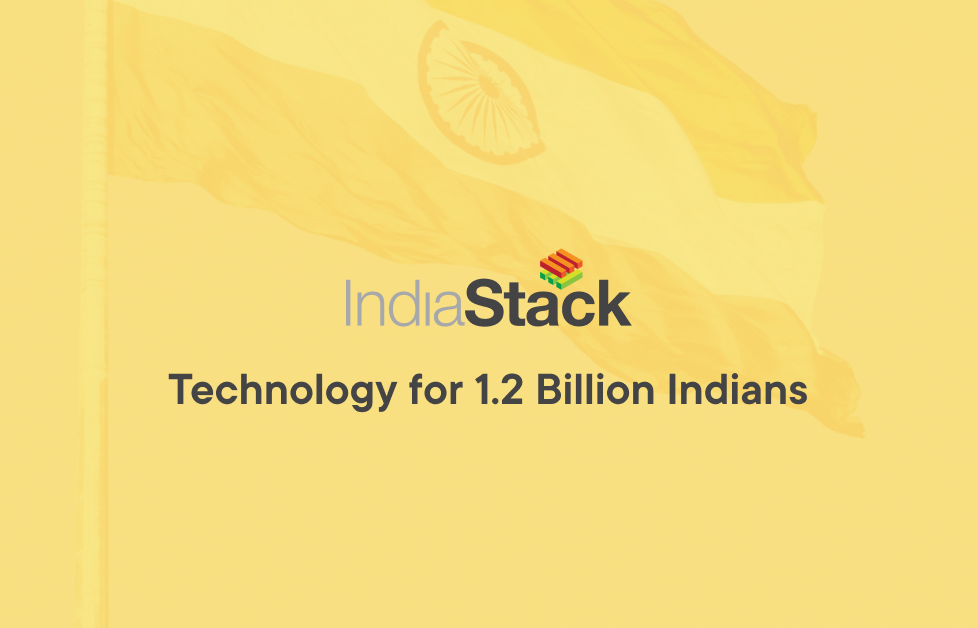India Stack and Why it will transform India ?


In recent years, the Government of India has launched various path-breaking initiatives to transform India’s digital economy and expand its contribution to the national GDP and overall prosperity. A major step in this direction is the launch of the India Stack which promises to be a significant game changer in terms of providing opportunities for private players to provide solutions by making use of a unified software platform designed to bring India into the digital age. At its core, India Stack envisions digital infrastructure as a national public good, being the common resource for all citizens rather than a collection of profit-oriented commercial private platforms.
India Stack is basically a set of open APIs (Application Programming Interface) that allows governments, developers, businesses, startups amongst other organizations to make use of the unique digital infrastructure to deploy presence-less, paperless, and cashless products. India Stack is a name given to a family of APIs, open standards, and infrastructure components that allow a user in India to demand services digitally. A key feature of the India Stack is that while the APIs constituting it may be maintained independently by their owners, the innovative potential of India Stack arises from the combinatorial use of its technologies by the governments and entrepreneurs alike. The main aim of this new initiative is to lower and eliminate the cost of transactions. It does so, by eliminating the need for paper documentation and physical presence for transactions’s successful completion, simplifying compliance as is the case with KYC (Know Your Customer) compliance for financial institutions and reducing the leakages for government direct benefits transfer schemes by verifying one’s identity and eliminating the possibility of duplication of identity.
The history of India Stack starts in 2009, when the Government Of India undertook the mammoth project of providing for every citizen a form of unique national identity, something that 40 crore Indians did not possess at the time cutting them off completely from the nation’s formal economy and the gains and growth that it had experienced. In India, this initiative was launched in the form of the Aadhar card programme, whose stated intent was to issue a secure, digital identity that was designed to be minimally intrusive, empowering Indians in two ways – allowing them to manage their identities and allowing them to prove their identity. Implemented through the UIDAI (Unique Identification Authority of India), it has created several opportunities through the addition of the open technology platform and APIs, by way of creating the digital platform that allows the various APIs and technologies hosted on the India Stack to be utilized for the benefit of the general public.
India Stack has four-layered architecture which can be summed up in a nutshell as follows –
Apart from Aadhar , some of the other major key components of the India Stack that enable the multiple digital solutions at a national level are –
India Stack is a unique digital infrastructure platform offered as a public good and offers various lessons in technology, system and regulatory architecture and how to leverage them for development objectives. The requirement for this sort of digital infrastructure is common to all developing nations, the Indian experience with India Stack will prove to be a valuable aid to these nations. Certain tools of the India Stack such as the UPI have already received wide reception and adoption overseas such as the recent agreement with the Monetary Authority of Singapore and the partnership with Mashreq Bank UAE and its launch in France. The success of India Stack will give great impetus, boost and confidence to India’s technology sector and boost self-sufficiency and innovation in this regard.
DISCLAIMER: The author is solely responsible for the views expressed in this article. The author carries the responsibility for citing and/or licensing of images utilized within the text.
